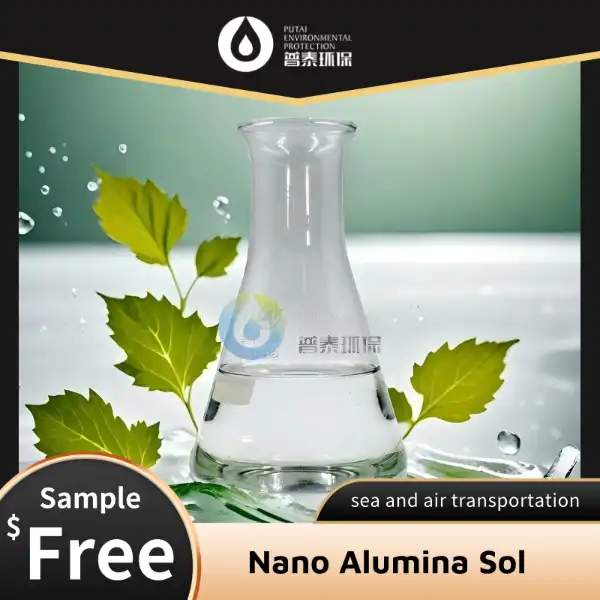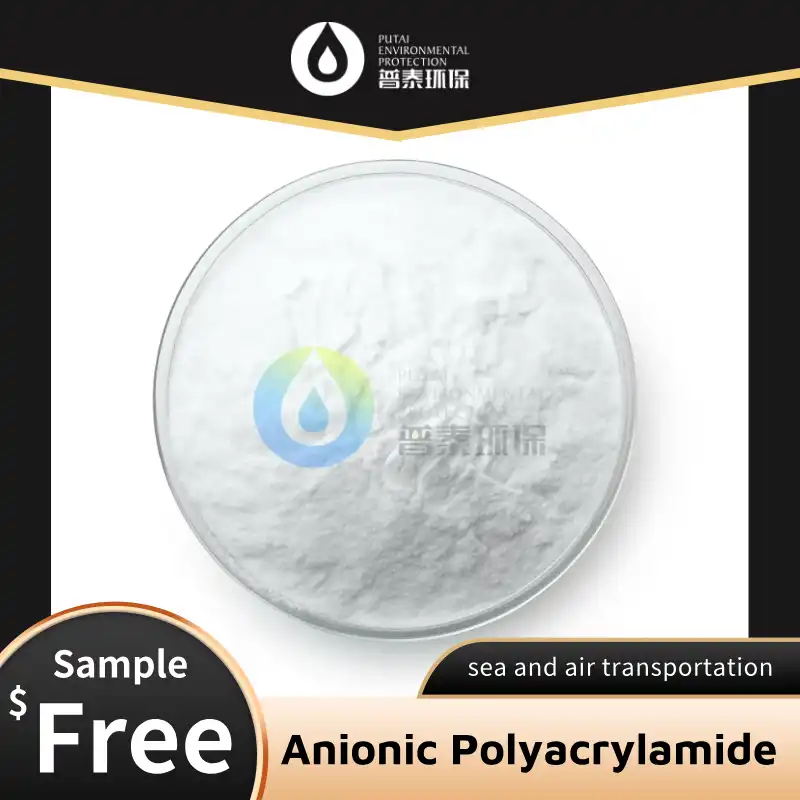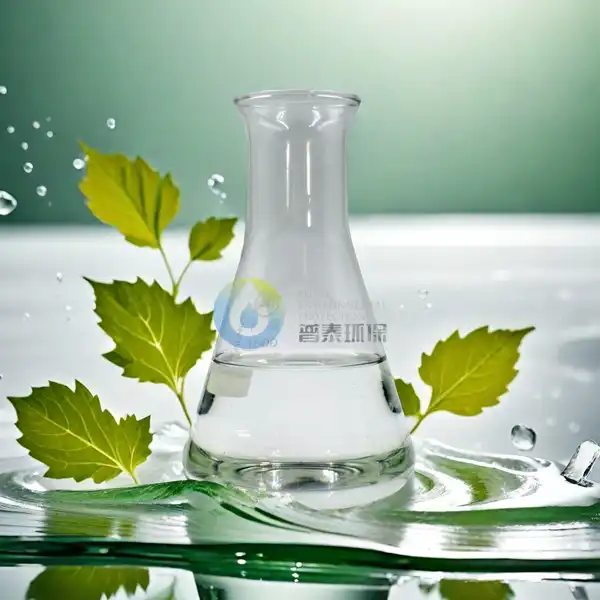Application of Aluminum Sol as a Surface Treatment Coating
Application of Aluminum Sol as a Surface Treatment Coating
Aluminum sol, leveraging its unique physicochemical properties (e.g., high transparency, strong adhesion, and weather resistance), demonstrates versatile applications in surface treatment coatings, which can be categorized as follows:
I. Decorative and Protective Coatings
Enhanced Metallic Luster and Texture
Uniform dispersion of nano-alumina particles imparts coatings with brilliant metallic luster and fine texture, widely used in automotive clear coats, home appliance paints, and building exteriors to enhance visual appeal1.
Transparency ensures brighter colors and more uniform gloss, ideal for high-end decorative coatings (e.g., wood finishes, furniture surfaces)1.
Weather Resistance and UV Protection
Aluminum sol reflects/scatters UV radiation, delaying resin matrix photodegradation, and significantly improves weather resistance (e.g., salt spray test >1,000 hours without corrosion3). Suitable for marine anti-corrosion coatings, wind turbine blade coatings, and other outdoor applications1.
Its dense network structure isolates air and corrosive media, enhancing anti-corrosion performance for chemical equipment linings and metal substrate protection3.
II. Functional Coatings
Transparent Thermal Insulation Coatings
Nano-alumina’s high infrared reflectivity (>80% @1,000 nm) and low visible light absorption (transmittance >85%) enable transparent thermal insulation coatings for energy-efficient building glass and new energy vehicle sunroofs, balancing heat insulation and light transmission3.
Fireproof and Waterproof Coatings
As a key component in fire-resistant coatings, aluminum sol improves high-temperature resistance (enhanced fire rating) and delays flame spread via dense structures, suitable for steel structure fireproof coatings2.
In waterproof coatings, aluminum sol forms a barrier layer to prevent water infiltration, improving waterproofing for roofs, underground engineering, etc.2.
Wear Resistance and Hardness Enhancement
Sol-gel reactions create dense structures, significantly increasing coating hardness and wear resistance (e.g., pencil hardness up to 9H, Taber abrasion reduced by 30%-50%), used in automotive clear coats and industrial equipment protective coatings3.
III. Industrial Material Surface Treatment
Inorganic Fiber and Ceramic Material Processing
As a binder for inorganic fibers (glass/ceramic fibers), aluminum sol produces heat-resistant coatings and ceramic paper, combining fire resistance and molding strength4.
In ceramic manufacturing, it enhances green body strength while maintaining refractory properties, suitable for precision ceramic products4.
Paper and Textile Treatment
In papermaking, aluminum sol improves surface smoothness, whiteness, and humidity resistance as a coating adhesive for specialty papers6.
Textile fibers treated with aluminum sol exhibit enhanced surface smoothness, impact resistance, and abrasion resistance4.
IV. Environmental and Sustainable Applications
Low VOC emissions make aluminum sol a preferred additive for eco-friendly coatings, aligning with green manufacturing trends2.
High specific surface area and porosity support efficient environmental processes in catalyst carriers and molecular sieve preparation6.
Summary
Aluminum sol’s applications in surface treatment coatings span decoration, protection, functional enhancement, and sustainability. Its nanoscale dispersibility, chemical stability, and multifunctional properties solidify its role as a cornerstone material in modern industrial coating technologies.



_1729152910684.webp_1736328486701.webp)

